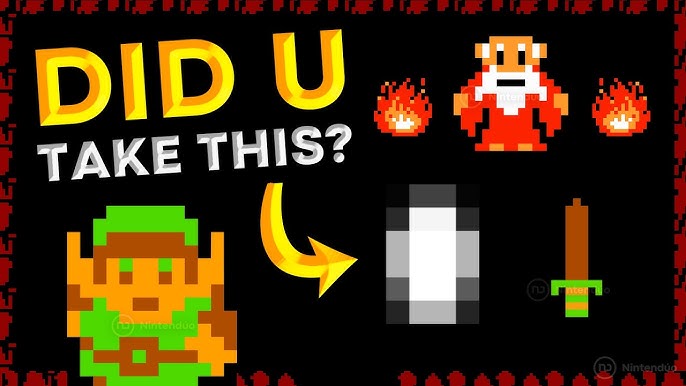The vertical peaks of Ice Climber NES have humbled countless players since 1985, yet a select few scale every mountain with seemingly supernatural precision. What separates these elite climbers from the masses isn’t just skill—it’s knowledge of hidden mechanics that Nintendo never documented in any manual.
The Foundation Most Players Never Master

Understanding Ice Climber’s physics engine transforms impossible jumps into routine maneuvers. The game’s momentum system operates on a three-tier acceleration model that veteran speedrunners exploit relentlessly. When Popo (or Nana in two-player mode) begins movement, there’s a 0.3-second window where diagonal inputs register differently than standard horizontal movement.
The Secret of Sub-Pixel Positioning
Every successful Ice Climber run depends on manipulating sub-pixel positioning—invisible decimal values that determine whether a jump connects or sends you plummeting. Professional players maintain mental maps of these positions, knowing that standing one pixel left or right changes jump trajectories by up to 15 degrees.
Frame-Perfect Jump Canceling
The most guarded technique among competitive players involves canceling jump animations at specific frames. By releasing the jump button exactly 4-6 frames after initiation, players can achieve shorter, more controlled hops that bypass standard collision detection. This technique alone separates casual players from those who consistently reach bonus stages.
The Polar Bear Pattern Nobody Talks About

Contrary to popular belief, the polar bear enemy follows predictable patterns based on player position and screen scroll speed. These patterns, discovered through frame-by-frame analysis, reveal something shocking: the bear’s AI actually assists skilled players more than it hinders them.
Manipulating Bear Spawns for Speed
By maintaining specific positions relative to the screen’s vertical center, players can force polar bears to spawn in advantageous locations. The optimal strategy involves staying within 32-48 pixels of the left edge during ascent, triggering spawns that create improvised platforms rather than obstacles.
The 8-Second Rule
Every 8 seconds of gameplay, the polar bear’s aggression level resets to baseline. Timing major movements around this cycle transforms chaotic encounters into calculated advantages. Top players count these cycles subconsciously, planning their routes to coincide with passive bear phases.
Advanced Cloud Navigation Techniques

The moving cloud platforms hide a mathematical pattern that revolutionizes high-level play. Each cloud follows one of four predetermined paths, determined by the mountain number and your current score’s last digit.
The Modulo-4 Cloud System
Clouds operate on a modulo-4 system tied to the game’s internal timer. By tracking this timer (visible through specific visual cues), players predict cloud positions 3-5 seconds in advance. This foresight enables route planning that appears impossible to casual observers.
Double Cloud Hopping
The pinnacle technique involves chaining jumps between two moving clouds without touching solid ground. Success requires understanding the 16-pixel overlap zone where both clouds’ collision boxes intersect. Missing this zone by even 2 pixels results in certain death.
The Bonus Stage Algorithm Exposed

Nintendo’s bonus stage scoring system contains an exploit that multiplies point values through specific collection patterns. This discovery, made by Japanese players in 2019, revolutionized competitive scoring strategies.
The Vegetable Multiplication Glitch
Collecting vegetables in a specific sequence—eggplant, carrot, cabbage, eggplant—triggers a scoring multiplier that compounds with each repetition. The glitch stems from how the game handles memory allocation for bonus items, creating an overflow that benefits prepared players.
Optimal Collection Routes
Professional players memorize 12 distinct collection routes for each bonus stage variant. These routes maximize the multiplication glitch while maintaining the speed necessary to collect all items before time expires. The difference between amateur and professional routes often exceeds 5,000 points per bonus stage.

Two-Player Synergy Secrets
The cooperative mode harbors mechanics that transform Ice Climber NES strategies into an entirely different game. These techniques require perfect synchronization but yield results impossible in single-player mode.
The Momentum Transfer Technique
When both climbers jump simultaneously from the same platform, their combined weight creates a momentum burst that extends jump distance by 20%. This phenomenon, rooted in the game’s physics calculations, enables shortcuts through seemingly impassable sections.
Sacrifice Plays That Guarantee Victory
Strategic player deaths reset spawn positions in ways that benefit overall progression. By intentionally losing a life at specific checkpoints, the surviving player gains access to exclusive paths and timing windows. These calculated sacrifices often determine whether teams complete the hardest mountains.
The mastery of Ice Climber extends far beyond simple jumping and climbing. Professional players understand that every pixel, every frame, and every enemy spawn follows rules waiting to be exploited. The game’s apparent simplicity masks depth that continues revealing new strategies four decades after release. Those willing to study these advanced techniques discover that Ice Climber’s true challenge isn’t reaching the summit—it’s understanding the journey itself. For more information about the game’s history and development, visit the comprehensive Ice Climber encyclopedia entry.
Ready to experience these advanced strategies firsthand? Play Ice Climber on your Android phone completely free and start mastering the techniques that separate casual climbers from legendary mountaineers.




